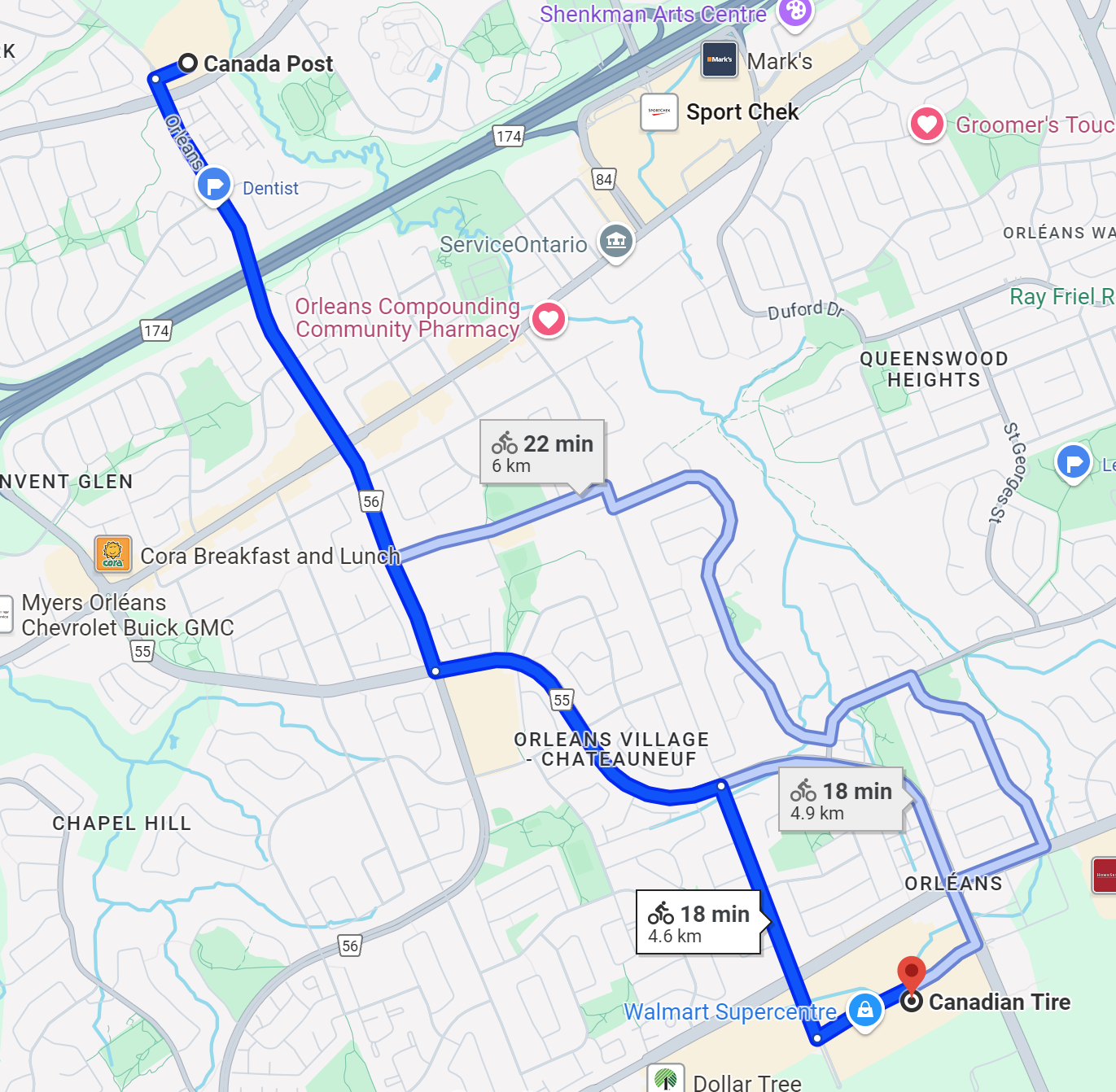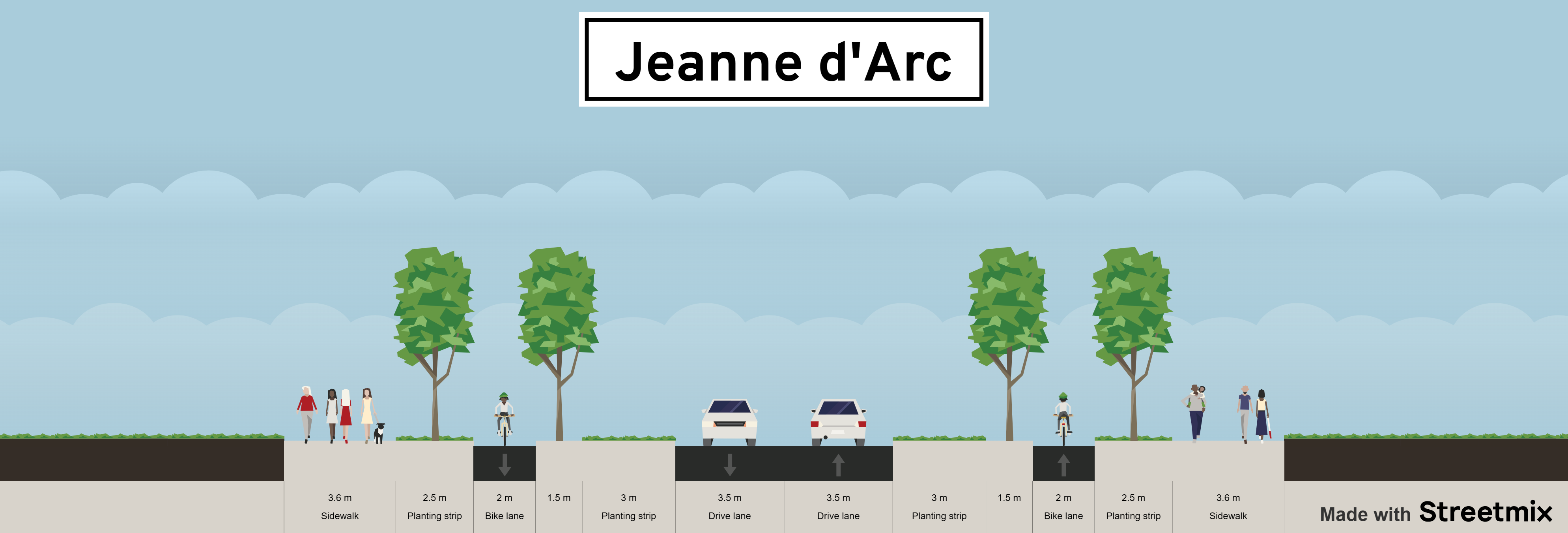Before I get too far into specific ideas and thoughts on this site, I wanted to spend a little time talking about my current thoughts and feelings about ebikes, about two months in to owning my first one. My thoughts will almost certainly evolve on this topic as time goes on, but here’s how I feel summer 2024.
Back in May of this year, I finally made the commitment to purchasing an electric bike. This is something I had wanted to do for years, but starting a family and living through the early days of the pandemic, I wasn’t realistically biking anywhere. There was no strong incentive to buy any bike, much less a more expensive electric one.
My Ebike
The bike I ended up landing on is by Rad Power Bikes, and I went for versatility above all else. My other bike is a minivan (the Honda Odyssey), and so it shouldn’t surprise anybody who knows me that I went for the bike equivalent of that, the RadWagon 4. I would describe the aesthetics of this bike to be similar in feeling to a minivan, in that it’s not universally loved, but I have a deep appreciation for its function over form. This is true to the point that both the Odyssey and the RadWagon have rewired my brain to find their particular visual qualities attractive.
Slight tangent here, I REALLY hate the way SUVs look and their overall design, inside and out. I’ve always preferred the design of minivans, which are much better suited to families and for almost any trip you’d use such a vehicle for. I wish minivans caught on more in North America rather than SUVs, which are basically big and heavy for no reason. It’s almost impossible to get a ‘deal’ on a minivan, they’re never on sale, but the plus side of that is that they keep their value REALLY well. I’m pretty convinced we could sell our 5-year-old 2019 Odyssey for basically the same as we paid for it new.
Anyhow, back to the RadWagon, so we’re all on the same page, context-wise, here is a photo of the stock configuration of my bike:

For those of you who are less familiar (as I was when I first started shopping) with the language and structure of cargo bikes, this is called a longtail bike, for reasons that should be fairly obvious. This bike rides fairly low to the ground, and it has tons of places where accessories can be bolted on to achieve various extra uses and functions. My favourite feature of this bike is the cargo space on the rear rack, which is incredibly versatile and just massive for a bike.
Accessories
The other great thing (which I won’t call my favourite feature since I just said that about the rear rack), is the infinite configurability of the bike. I have added several customizations and accessories to really make this a tool I can use to do almost anything and get anywhere. My accessories include:
- A ‘Caboose’, an aluminum ‘cage’ to enable kids to ride on the rear rack without worrying about them falling off (you can also get a formal mounted bike seat for really young kids). This hardware also serves as a handy set of mounting points for securing bigger cargo pieces with tie-downs.

- A set of cheap deck pads, cushions to make it a little more comfy to sit on the rear rack (visible in the image above, Amazon sells many varieties of these, and Rad sells their own that are probably better quality and more comfortable, but they are at least 4x the price).
- Running boards, these are an optional (but pretty important) accessory to allow passengers on the back to rest their feet and stay balanced (also in the picture above).
- A massive front basket with a liner inside to keep things like groceries from bouncing around too much.


- A couple of ratcheting tie-downs to secure cargo
- A water bottle and holder
- A top tube storage bag with a phone holder so you can see and use your screen inside
- A motion sensor/alarm that will sound a VERY loud series of beeps if the bike is moved, and if that movement doesn’t stop quickly, it will start again and continue to beep for 90 seconds. I also have a hidden AirPod on the frame so if someone makes it past the alarm I’ll see where the bike went if it’s taken.
- A tall metal wire, fabric-lined basket (technically a laundry basket) that I can tie down to the rear rack to store extra groceries or taller cargo when I need it
- A duffel bag/backpack that can easily fit in the basket or on the back rack
- Finally, I am a couple of days away from having a large (16 inch long, 6 inch tall, 12 inch wide) basket made of thick metal that I can strap down to the rear rack to carry extra cargo or extra stuff for my work commute when I need it.
The really nice thing about this bike is that it can accommodate 2 extra riders (plus an extra 2 kids if I want to hitch the trailer), or at least 100 pounds of cargo (plus more in the trailer if I need it, OR some combination of both, depending on what I’ve got going on on a particular day. And because I am a pretty strong bike rider on my own, with the aid of the 500 W motor, it doesn’t really matter how much the bike (and me) and cargo weighs, I can bike around at will pretty much as fast as I want without being substantially slowed down.
My Future with Ebikes
I do feel as though I’m just scratching the surface of the uses for this bike, I’ve commuted to work 2-3 times on it so far, plus one trip most of the way across the city for a staff BBQ, and it has performed magnificently in every task I’ve given it. I’m sure I’ll have more and more to say about this bike as I use it more and for more things.
I have no regrets about this purchase, and not only will I replace lots of car trips with this transportation, but I have already started choosing trips to closer destinations because it means I can bike instead of needing to drive. Add to this that I love basically everything about biking, including the exercise I do still get maxing out the speed of the bike. All this while avoiding sweating almost all of the time even if I have a long way to go and it’s very hot out.
It’s clear to me that the future of transportation is small, flexible purpose electric vehicles like this, and the biggest thing holding back this revolution in places like Ottawa is the transportation network is designed around cars, which rightfully scares off lots of people who are currently in cars from considering any other mode of transport.









